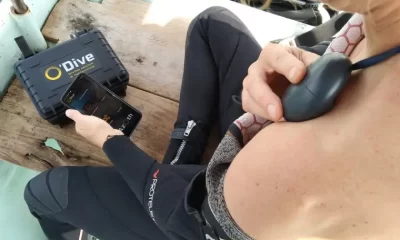

by Yvonne Press Algorithms, gradient factors, bottom times, hydration, sleep, gas choice—they all factor into decompression dive planning. Every time we teach budding tech divers how...
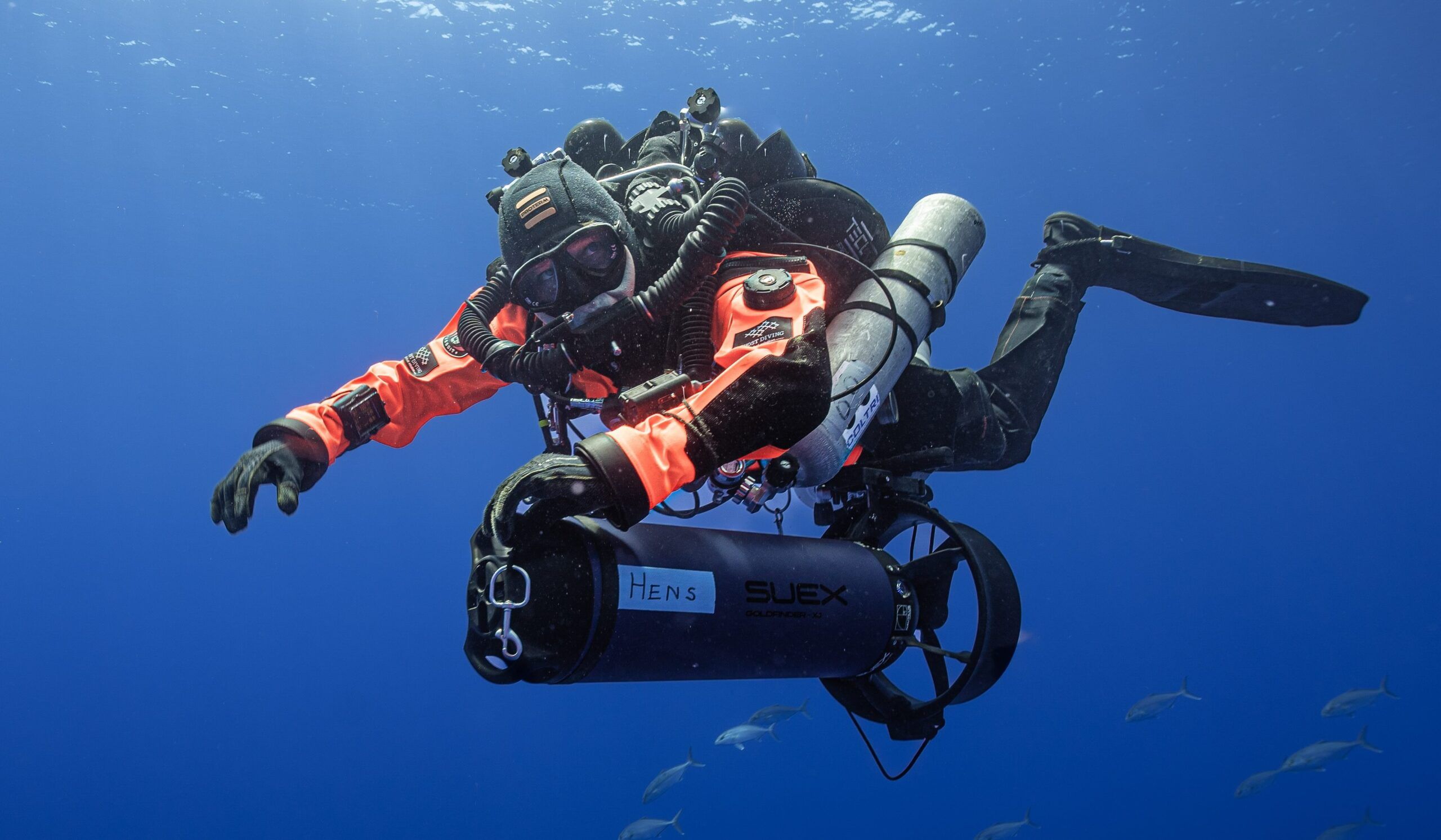
By Reilly Fogarty. Photo credits as noted. Limited technology, an absolute dearth of reproducible data, and the need for a repeatable and modifiable algorithm are all...


Header image courtesy of Derk Remmers. ?Pre-Dive Clicklist: Put It Where You Want It by the Crusaders ?? Tech divers have been interested in personalized decompression since the...
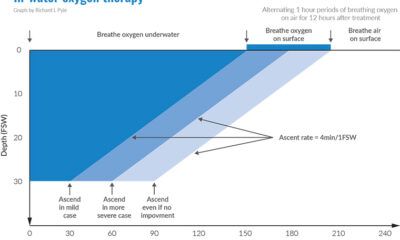

In-water recompression (IWR) is recognized as a legitimate emergency treatment protocol for remote locations, provided that the team is trained, equipped, and prepared. But as tech...
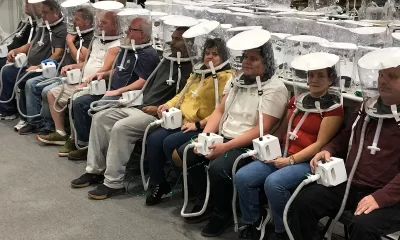

Respiratory problems resulting from COVID-19 provided the impetus and motivation for subsea engineer Mike Lombardi to develop—with the help of Subsalve USA—a new, effective helmet-based ventilation...
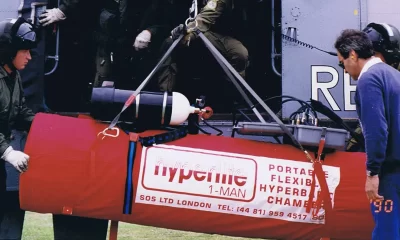

Has the time come for portable chamber technology? I thought it had in JAN 1993 when we made the SOS Hyperlite chamber the cover story of...
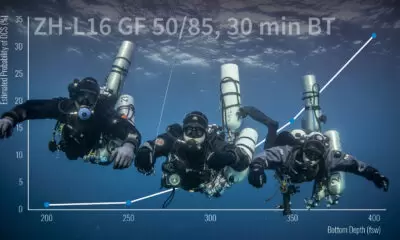

As some tech divers have painfully discovered, there’s an escalating risk of decompression sickness (DCS) with Buhlmann algorithms as dives get progressively deeper and longer. The...


Interview by Tim Blömeke. Images courtesy William Howell unless otherwise noted. Special thanks to Duke consulting professor and biomedical engineer Dr. Rachel Lance who suggested this...
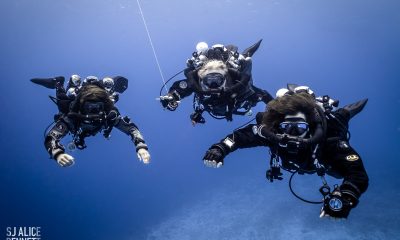

Divers still seek comfort in the notion of the “underserved” hit to explain unexpected incidents of decompression sickness. “Hey, my computer said I was fine.” NOT....
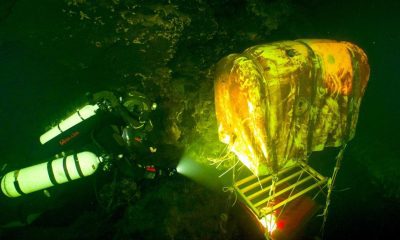

Armed with reliable rebreathers, expedition-grade scooters, electric heating, helium mixes, high-powered dive computers, and those all-important P-valves, today’s cave explorers are giving our collective underwater envelope...